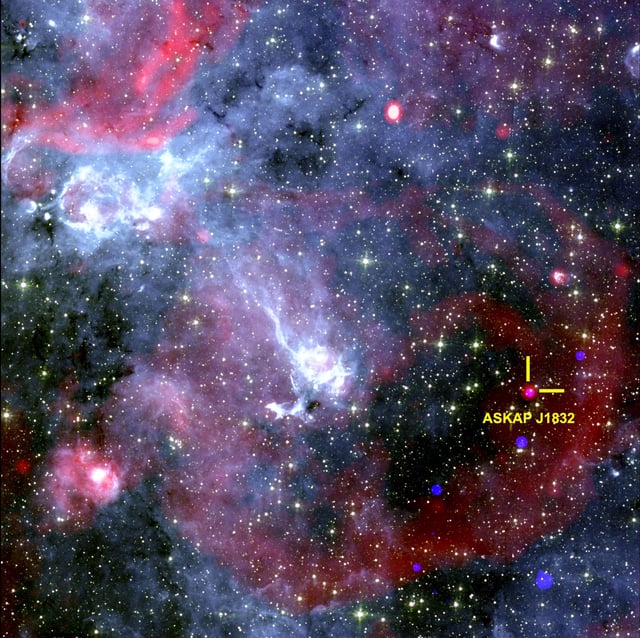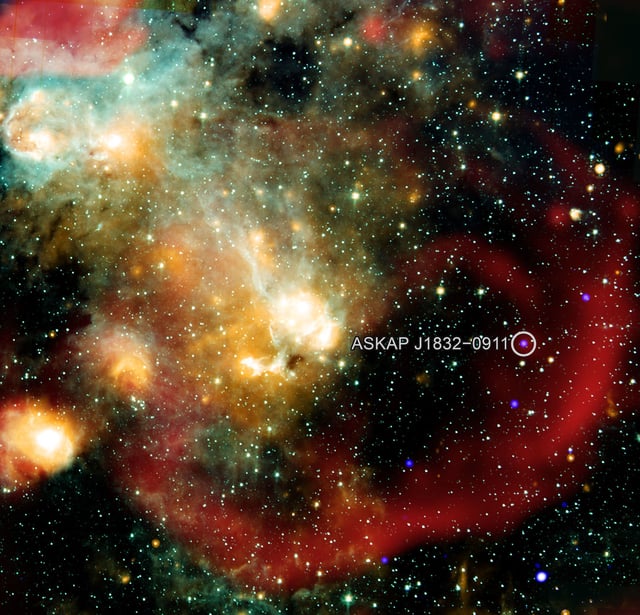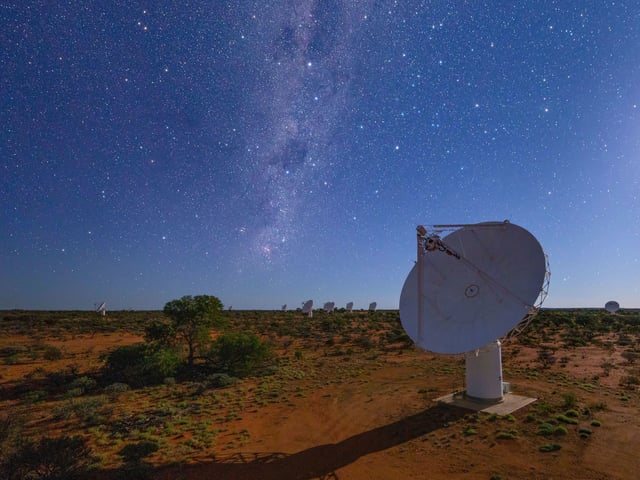Overview
- ASKAP J1832-0911 produces two-minute bursts of radio waves and X-rays at 44-minute intervals, marking it as a long-period transient (LPT).
- This is the first LPT detected with X-ray emission, discovered through the rare coincidence of ASKAP’s wide-field radio survey and Chandra’s targeted X-ray observations.
- Located roughly 15,000 light-years away in the Milky Way, the object’s combined radio and X-ray luminosity fell by a factor of 1,000 between February and August 2024.
- Leading hypotheses include a magnetar or a binary containing a highly magnetized white dwarf, but neither fully explains the object’s synchronized, long-period behavior.
- The finding suggests LPTs may harbor far more energetic processes than previously thought and could require new physics or revised models of stellar evolution.



